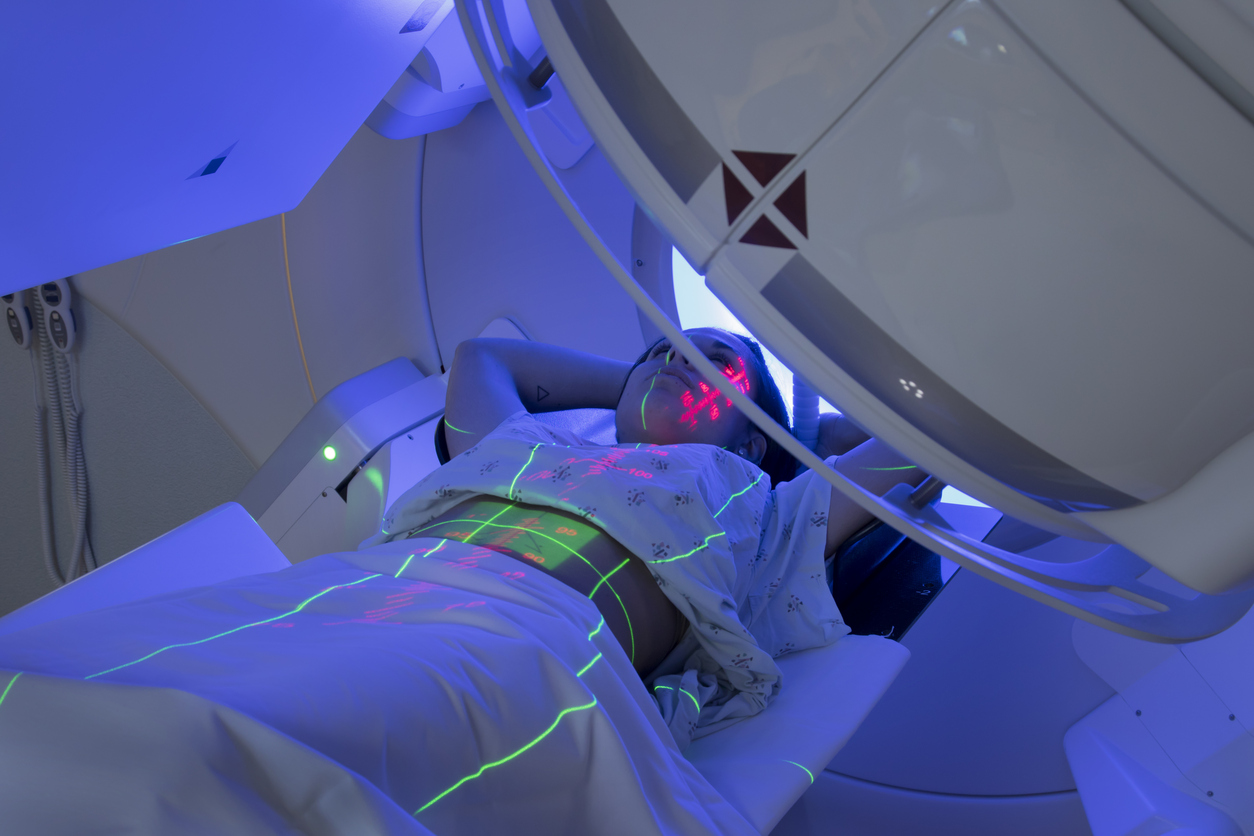“Multicentre Treatment Planning Inter-comparison in a National Context. The Liver Stereotactic Ablative Radiotherapy case”. This is the title of the article that has been published on the European Journal of Medical Physics, winner of the Galileo Galilei Award 2016, as the best among the 246 articles of 2016. In addition to this, this article has been the most cited in 2016.
The team performed a study about the physical aspects of SBRT in the Italian association for Medical Physics. The coordinator of the research was Doctor Pietro Mancosu, Medical Physics specialist at Humanitas. He said, “This is a feasibility study. It is a multicenter study in order to plan ablative stereotactic radiotherapy in liver cancer. At Humanitas, we have been applying this procedure for years. Our protocol has become a standard in other centers as well, in order to compare the planning of the radiotherapy treatment. In fact, Humanitas is one of the international centers of reference for this technique”.
What is the Treatment plan?
“Patients come in radiotherapy due to the advice of the oncologist-radiotherapist doctor. Initially, they get a CT scan, a paramount exam to pinpoint the target lesion and the adjacent healthy organs. Then, patients get a treatment plan, whose goal is massively targeting the lesion with a definite dose of radiations. Thus minimizing irradiation for adjacent organs”, Doctor Mancosu explains.
The aim of the Study
“Our study aimed to discover whether a treatment protocol with ablative stereotactic radiotherapy for patients with metastatic liver cancer could be reproduced at a national level, keeping into consideration the different radiological techniques available, the different treatment planning systems and the different experiences. Thus, we performed a dosimetric comparison (that is to say, we compared the different quantities of radiation) in treatment plans over 12 centers that use different radiological techniques.
In conclusion, we noticed significant differences both in target coverage and in safety for the organs at risk. This also depends on unclear instructions in the international guidelines. Each center chooses whether to use homogeneous radiations or not.
A dosimetric comparison may be useful to create a standard for the stereotactic treatment planning, especially before performing multicenter clinical trials”, Doctor Pietro Mancosu points out.
-
3,400 Physicians
-
110,400 Annual surgeries
-
190,400 Annual Inpatient Admissions
-
928,000 Patients


